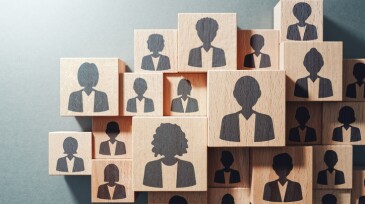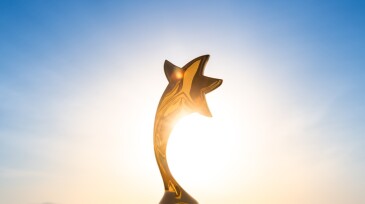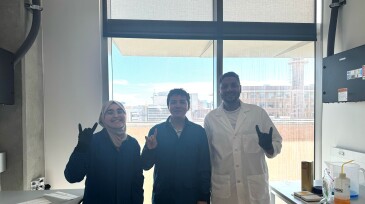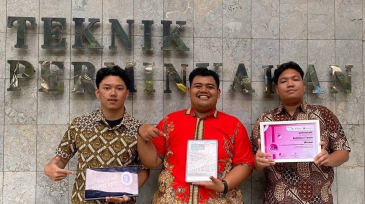Energy Transition
By integrating AI into every layer of the energy ecosystem, from renewable forecasting to dynamic pricing, the path toward secure, sustainable, and affordable energy becomes not just possible but achievable.
The plan seeks to train the next generation of clean-energy workers, aiming to double employment in the sector to 860,000 by 2030.
The two projects under the university’s Targeted Proposal Teams program will focus on underground hydrogen and geologic storage solutions.
-
Explore how the industry is measuring and reporting carbon intensity, the strategies being employed to reduce it, from operational efficiencies and electrification to cutting flaring, and the collaborative initiatives driving progress.
-
Underground hydrogen storage is emerging as a vital element in the transition to a low-carbon hydrogen economy, offering a way to balance renewable energy supply. Its success depends on more than storage space—it requires a comprehensive understanding of geochemical, geomechanical, microbial, and economic factors.
-
Integrating financial and HR expertise boosts profitability, reduces operational risks, and enhances long-term planning—empowering HR to tackle sector-specific challenges like budget constraints and talent shortages more effectively.
-
The project will focus on converting natural gas into cleaner, more economically viable turquoise hydrogen in southwest Virginia from reserves including the Marcellus Shale and the Appalachian Basin.
-
TWA Energy Influencers Nihal Darraj, Sayanima Kisku, Ismaila Ibrahim, Olawale Ajayi, and Gabrijel Grubac reflect on the significance of the TWA Energy Influencer award and how it has helped their professional journey. The deadline for 2025 nominations is 1 July 2025.
-
The 3-day event includes a keynote session, panel discussions, breakout sessions, an energy challenge, and a career fair.
-
UT Austin students Nadia Mouedden and Deena Elhossary taught CO2 injection and storage to students using simple household materials during the International Day of Women and Girls in Science.
-
The trio introduced an innovative mud drilling system designed for horizontal reservoirs with extreme inclines of up to 102° and depths reaching 11,000 ft.
-
Divya Tyagi refined a century-old aerodynamic problem by Hermann Glauert, making it simpler and more practical for wind turbine design.
-
The facility serves as a center for students, researchers, and industry experts to collaborate on innovative solutions for reducing carbon emissions in the construction sector.









![SPE Port Harcourt Section YP Symposium_TWA [UPDATED].png](https://assets.spe.org/dims4/default/8966983/2147483647/strip/true/crop/1079x603+0+80/resize/365x204!/quality/90/?url=http%3A%2F%2Fspe-brightspot.s3.us-east-2.amazonaws.com%2F0c%2F00%2Fe372110049e184bbf29f0a09f5de%2Fspe-port-harcourt-section-yp-symposium-twa-updated.png)



